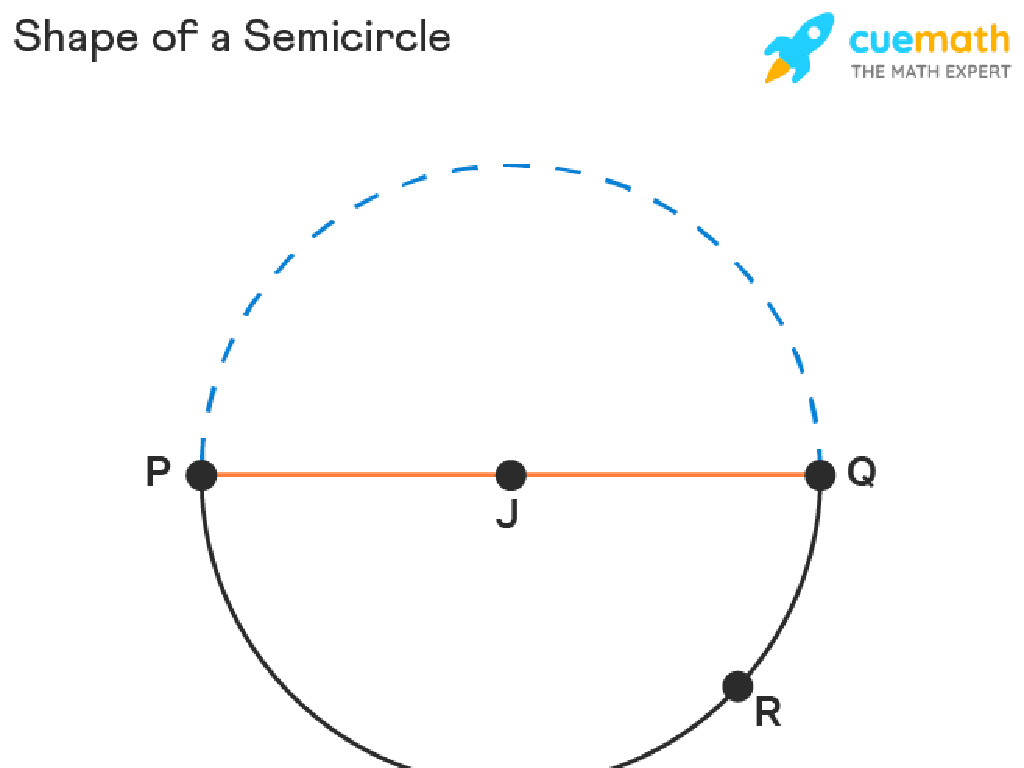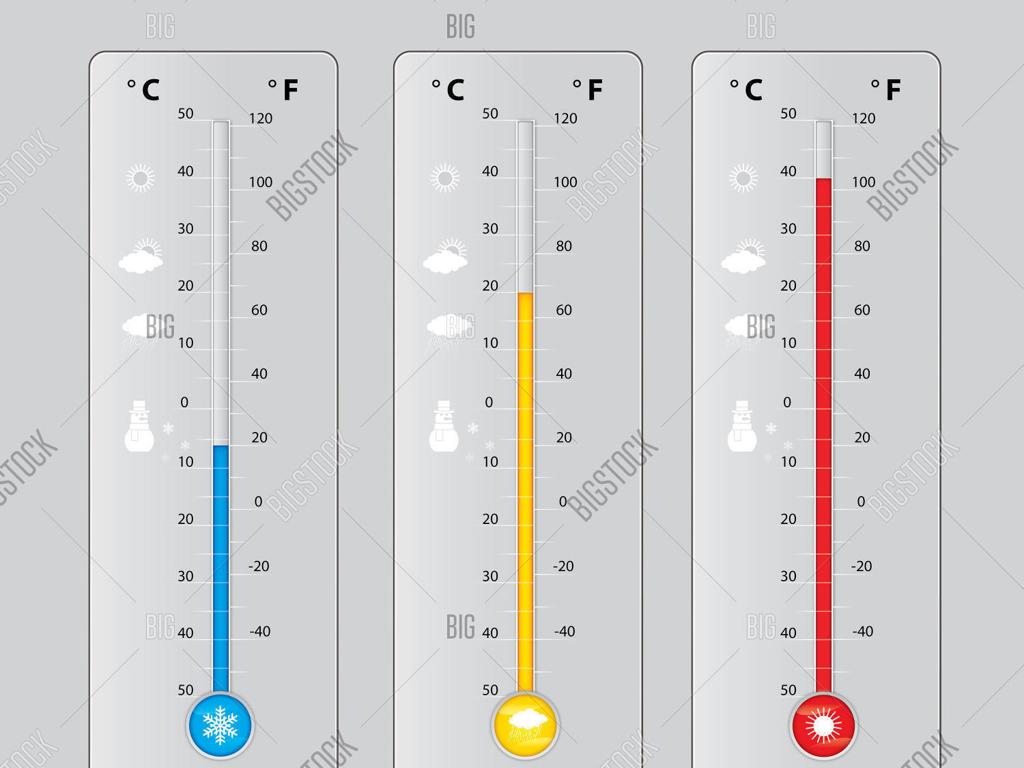Extend Growing Shape Patterns
Subject: Math
Grade: Fourth grade
Topic: Patterns And Sequences
Please LOG IN to download the presentation. Access is available to registered users only.
View More Content
Extending Growing Shape Patterns
– Discover patterns in our world
– Patterns exist everywhere: in nature, art, and music.
– Learn why patterns matter
– Patterns help us predict and organize information.
– Explore growing shape patterns
– A pattern that increases or develops; e.g., adding a square each step.
– Apply patterns to daily life
– Use patterns to solve problems and see sequences in real life.
|
This slide introduces the concept of patterns and their significance both in mathematics and everyday life. Begin by engaging students with examples of patterns they might encounter daily, such as the arrangement of leaves on a plant or the rhythm of a song. Emphasize the importance of patterns in making predictions and bringing order to the world around us. Introduce growing shape patterns as a specific type of sequence where each term is larger or more complex than the last. Encourage students to think of ways patterns appear in their lives and how recognizing these patterns can help them solve problems. This will set the foundation for more complex mathematical concepts and help them understand the relevance of math in the real world.
Exploring Patterns Around Us
– Define a pattern
– A pattern is a repeated design or recurring sequence.
– Patterns in daily life
– Examples: stripes on clothes, daily routines.
– Nature, art, and number patterns
– Leaves on a plant, tessellations in art, counting by 2s.
– Recognizing patterns
– Practice finding and extending patterns.
|
Begin the lesson by defining what a pattern is, emphasizing its nature of repetition and predictability. Provide relatable examples that students encounter in their daily lives, such as patterns on their clothes or the sequence of activities they do every morning. Extend the concept to patterns found in nature, like the arrangement of leaves on a stem, patterns in art such as tessellations, and numerical patterns like skip counting. Encourage students to observe their surroundings to find patterns and think about how they can predict what comes next in a sequence. This will set the foundation for understanding more complex patterns and sequences in mathematics.
Exploring Types of Patterns
– Understanding repeating patterns
– A sequence that repeats, like ABAB or red, blue, red, blue
– Exploring growing patterns
– A sequence that increases, like 1 square, 2 squares, 3 squares
– Recognizing shrinking patterns
– A sequence that decreases, like 5 stars, 4 stars, 3 stars
– Discussing pattern changes
– How do patterns grow or shrink? What’s added or taken away?
|
This slide introduces students to the concept of patterns, focusing on repeating, growing, and shrinking patterns. Repeating patterns are sequences that follow a certain order and then start over. Growing patterns increase in a predictable way, often adding a new element or increasing the number of elements each time. Shrinking patterns, conversely, decrease in a predictable manner, removing elements in each step. Encourage students to observe patterns in their environment and discuss how they change. Use manipulatives like blocks or drawings to visually demonstrate each type of pattern and help students understand the concept of growth and reduction in patterns.
Exploring Growing Shape Patterns
– What defines a growing pattern?
– A pattern that increases in a predictable way
– How to find the pattern’s rule?
– Look for what changes each time to find the rule
– Examples of growing patterns
– Triangles adding a row each step, squares adding a side
– Practice with shape patterns
– We’ll draw and extend patterns together in class
|
This slide introduces students to the concept of growing shape patterns, which are sequences that expand in a consistent manner. Start by explaining that a growing pattern is one where each shape gets ‘bigger’ or ‘more complex’ in a way that we can predict. Teach students to identify the rule of the pattern by observing the changes from one step to the next. Use visual examples like triangles that add a new row of dots with each step, or squares that add a side. Encourage students to think critically about what is happening at each stage of the pattern. Conclude with an interactive activity where students will draw their own growing patterns and explain the rule they used to extend them.
Creating Our Own Growing Patterns
– Use shapes to make a pattern
– Start with a simple shape and add more to grow the pattern
– Find your pattern’s rule
– Look for what changes each time; that’s your rule
– Share patterns with classmates
– Explain your pattern to the class and see if they can find the rule
– Discuss pattern observations
– Notice any strategies or similarities in classmates’ patterns
|
This slide is aimed at engaging students in creating their own growing patterns using shapes, which helps them understand the concept of sequences and patterns. Encourage them to start with a simple shape and add elements to extend the pattern. They should then determine the rule that governs their pattern, such as ‘add one more side each time’. After creating their patterns, students will share with the class to practice their communication skills and to learn from each other’s patterns. This activity fosters creativity, critical thinking, and collaborative learning. As a teacher, facilitate the discussion by highlighting different strategies used and commonalities between patterns. Provide guidance and ensure that each student understands the concept of growing patterns and rules.
Extending Growing Shape Patterns
– Steps to extend a pattern
– Observe the sequence, identify the rule, and continue the pattern.
– Predict the next shapes
– Use the rule to guess upcoming shapes before they appear.
– Group activity: pattern extension
– Work in small groups to extend given shape patterns.
|
This slide introduces the concept of extending shape patterns, a key skill in understanding sequences in mathematics. Start by explaining the process of identifying the rule that governs the pattern. Once students grasp how to determine the rule, they can predict the next shapes in the sequence. For the group activity, provide a variety of patterns for students to practice with. Encourage them to explain their reasoning to their peers. This collaborative exercise not only reinforces their understanding but also develops their communication skills. As a teacher, circulate the room to offer guidance and ensure that each group is on the right track. Prepare to showcase different patterns that increase in complexity to challenge all students.
Class Activity: Pattern Extension Challenge
– Pair up and extend patterns
– Use blocks for visualization
– Use different shapes to see how patterns grow
– Draw patterns on worksheets
– Explain your pattern’s rule
– What’s the rule? How do you know what comes next?
|
This activity is designed to help students understand and extend growing shape patterns. Students should work in pairs to encourage collaboration. Provide them with pattern blocks so they can physically manipulate shapes to better visualize the growing patterns. Then, have them draw their extended patterns on worksheets to reinforce their understanding. Finally, ask them to explain the rule of their pattern, which promotes critical thinking and articulation of mathematical concepts. For the teacher: Prepare different sets of pattern blocks and worksheets with starter patterns. Guide students to look for visual cues and use logical reasoning to determine the rule of the pattern. Be ready to assist students who may struggle with abstract thinking. Possible variations of the activity could include creating symmetrical patterns, predicting future shapes in the sequence, or having a pattern ‘show and tell’ at the end of the session.
Review and Reflect: Growing Shape Patterns
– Recap on growing patterns
– How patterns increase in predictable ways
– Applying patterns to real life
– Patterns help solve problems and predict events
– Share your patterns with the class
– Show your classmates the patterns you’ve created
– Discuss the rules you’ve discovered
– Explain how you figured out the pattern rules
|
This slide aims to consolidate the students’ understanding of growing shape patterns. Begin by reviewing what a growing pattern is and how it can be identified. Emphasize the importance of recognizing patterns in everyday life, such as in nature or in daily routines, and how this skill can be useful for making predictions. Encourage students to present the patterns they’ve worked on, fostering a collaborative learning environment. Discuss the rules they’ve used to extend their patterns, reinforcing the concept of sequences and the ability to articulate mathematical reasoning. This reflection will help students internalize the concepts and see the value of patterns beyond the classroom.
Homework Challenge: Growing Patterns
– Find a growing pattern around you
– Draw and extend the pattern
– Use paper to sketch the pattern and add more shapes
– Write the pattern’s rule
– Think: How does the pattern grow? What’s added each time?
– Share your findings in class
|
This homework task is designed to help students recognize and analyze growing patterns in their everyday environment, reinforcing the concept of sequences. Encourage students to look for patterns that increase in number or size, such as the arrangement of leaves on a plant or bricks in a wall. They should sketch the pattern they find, add to it, and try to articulate the rule that governs the pattern’s growth. In the next class, students will have the opportunity to present their patterns and explain the rules they’ve written down, fostering a collaborative learning environment where they can learn from each other’s observations.






